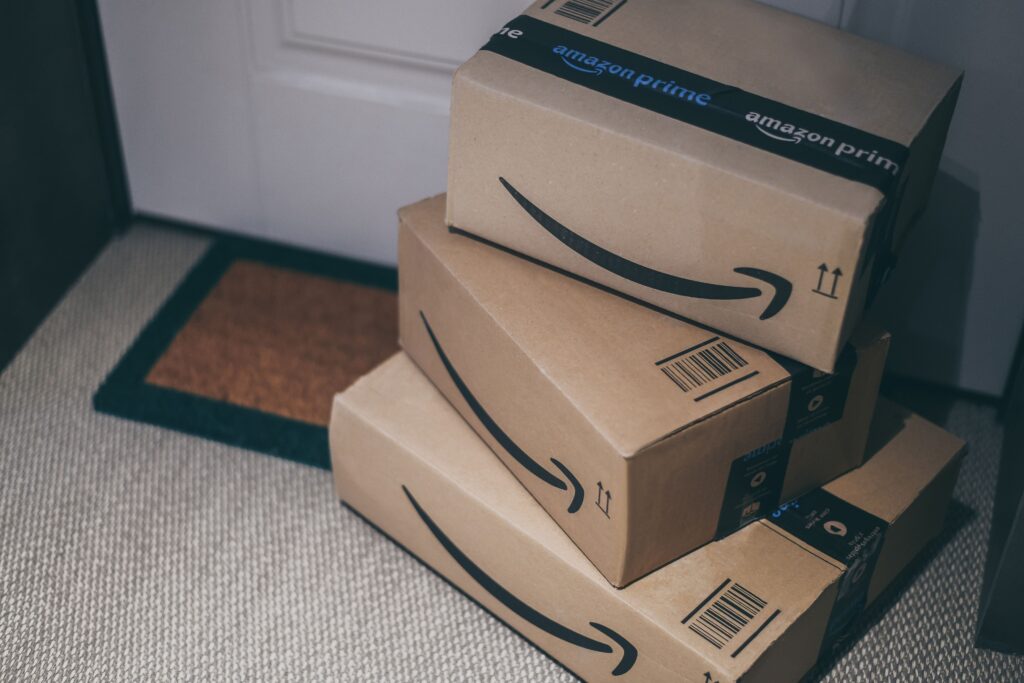Amazon Web Services (AWS) announced late Monday that it had resolved a massive outage that left thousands of websites and apps inaccessible for much of the day.
More than 1,000 online platforms — including Snapchat and major banks like Lloyds and Halifax — were disrupted after technical issues struck Amazon’s US-based cloud network. Global outage tracker Downdetector reported over 11 million user complaints during the crisis.
Experts warned that the incident exposed the risks of global dependence on a few powerful cloud computing providers.
Internet breakdown exposes global dependence
Professor Alan Woodward from the University of Surrey said the outage showed how fragile modern online infrastructure has become. He noted that many companies depend on third-party services for their digital foundations. “Even the biggest providers can fail, and small human mistakes can have huge global effects,” he said.
The disruption began around 07:00 BST on Monday, with users reporting problems accessing popular platforms like Fortnite and Duolingo.
By midday, Downdetector had logged more than four million reports across 500 websites — more than double a normal weekday’s total. The figure climbed to over 11 million as more services, including Reddit and Lloyds Bank, struggled to recover.
Amazon said all systems were back to normal by 23:00 BST after it throttled parts of its network to fix the underlying issue.
Experts point to a chain of cascading failures
Mike Chapple, an IT professor at Notre Dame University, compared the event to a power grid collapse. He said systems sometimes flicker back online before failing again. “It’s possible Amazon fixed the symptoms first without addressing the core cause,” he explained.
Amazon has not released a detailed explanation of the incident. In a brief update, the company said the problem appeared related to DNS resolution in its DynamoDB API in the US-EAST-1 region.
DNS, or Domain Name System, acts like a digital phone directory, converting website names into numerical codes computers understand. When DNS fails, browsers can’t find the pages users request, cutting them off from the web.
Cloud giants face scrutiny over internet control
Matthew Prince, chief executive of Cloudflare, said the outage highlighted how much control a few companies hold over global connectivity. “Everyone has a bad day, and today it was Amazon’s,” he said. “The cloud makes growth easy, but when it breaks, everything stops.”
Cori Crider, head of the Future of Technology Institute, likened the outage to “a bridge collapsing.” She warned that about 70% of the world’s cloud computing depends on Amazon, Microsoft, and Google — a situation she called “unsustainable.”
“When a few massive providers fail, whole sectors of the economy collapse with them,” Crider said. She urged governments and companies to diversify and invest in smaller, regional providers to reduce systemic risks.
Businesses criticised for lack of backup systems
Cornell University professor Ken Birman said companies using AWS must take part of the blame. “Many don’t design enough redundancy into their systems,” he said. Outages like this happen often, though not usually at this scale.
Birman argued that developers already have the knowledge to create stronger systems but fail to prioritise security. “We know how to make these networks reliable — the problem is that many firms don’t invest in it,” he said.
Legal disputes and long-term concerns ahead
Questions over liability could end up in court. More than a year after a major failure linked to cybersecurity firm CrowdStrike, Delta Airlines is still seeking to recover over $500 million in losses. Even after the issue was resolved, the airline had to restart 40,000 servers manually, causing several days of flight delays.
The AWS outage may now reignite debate over whether the world has become too dependent on a handful of technology giants — and whether that dependency poses a growing threat to the stability of the global economy.


